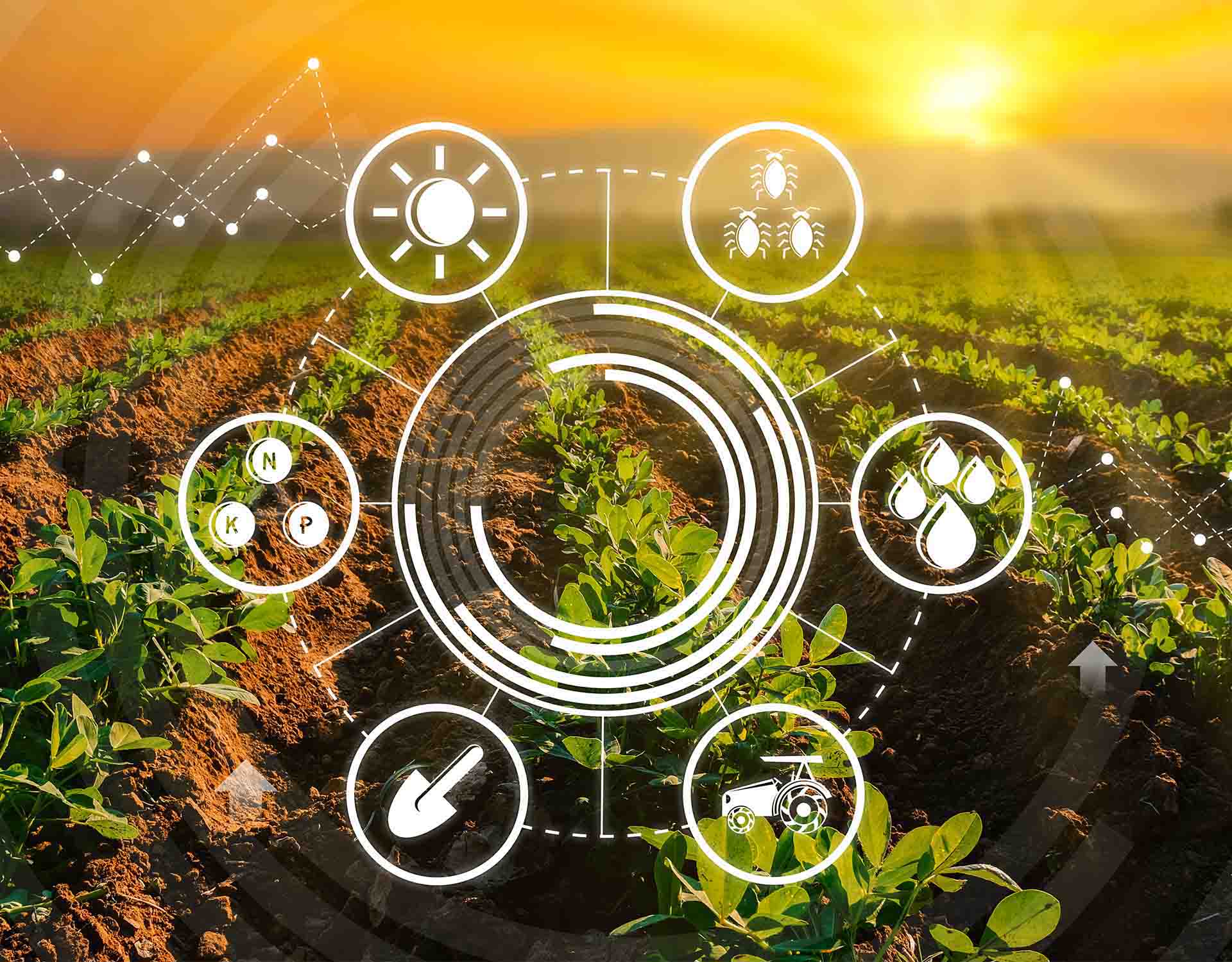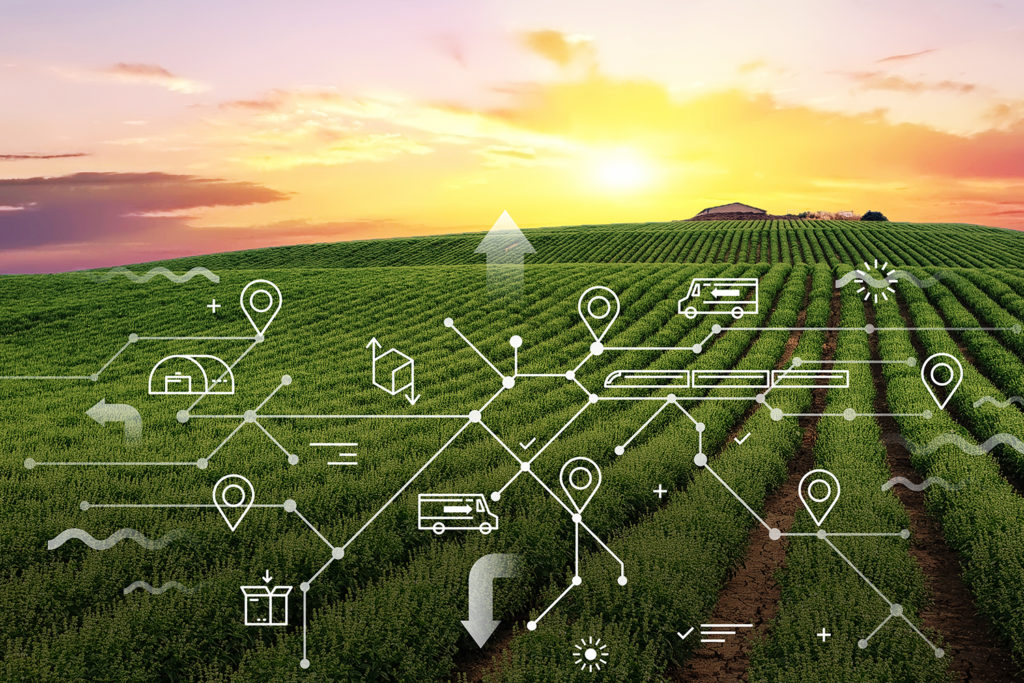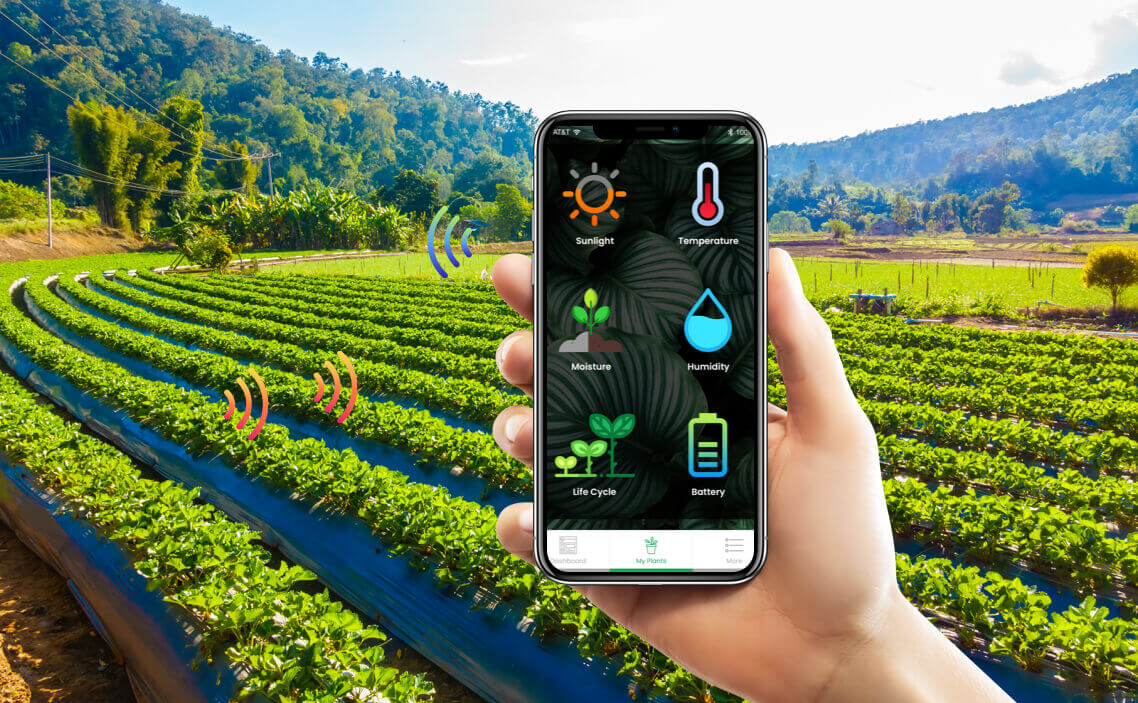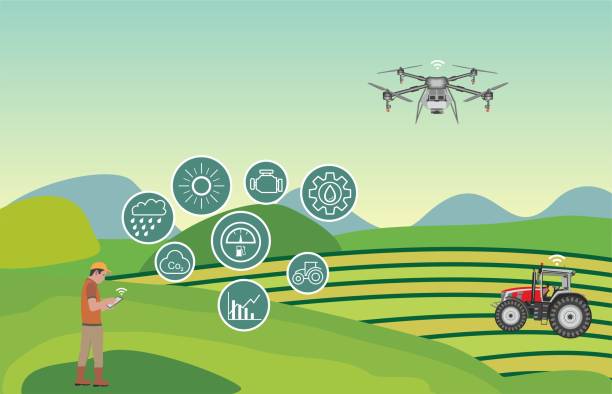Revolutionizing Rural Agriculture: The Role of Internet Technology in Village Farming
Introduction:
In the heart of rural landscapes, where agriculture is the backbone of economies and communities, a silent revolution is underway – the integration of internet technology into traditional farming practices. Internet agriculture, often referred to as "AgriTech," is transforming the way farmers in villages operate, manage, and optimize their agricultural endeavors. From precision farming to market access, the internet is opening up new horizons for rural agriculture, empowering farmers with knowledge, connectivity, and efficiency like never before.
Challenges and Opportunities:
While internet agriculture holds immense promise for village farming, it is not without its challenges. Issues such as digital literacy, infrastructure limitations, and data privacy concerns need to be addressed to ensure equitable access and sustainable implementation. Moreover, the rapid pace of technological advancement requires continuous learning and adaptation on the part of farmers and policymakers alike.Advantages of Internet Agriculture in Villages:
- Enhanced Productivity: Internet agriculture enables farmers to access real-time data on weather patterns, soil conditions, and crop health, allowing for optimized farming practices and increased productivity.
Solutions Provided by Internet Agriculture:
- Real-Time Monitoring: Internet-connected sensors and drones allow farmers to monitor various aspects of their farms in real-time, enabling timely interventions and decision-making to optimize crop production and resource utilization.
- Market Transparency: Online marketplaces and e-commerce platforms provide transparent pricing information and direct access to buyers, reducing the influence of intermediaries and enabling farmers to negotiate fair prices for their produce.
- Access to Expertise: Internet agriculture platforms offer access to agricultural experts, extension services, and training materials, empowering farmers with the knowledge and skills needed to address challenges and adopt best practices in farming.
- Financial Services: Digital payment systems, microfinance, and crop insurance products offered through internet agriculture ensure that rural farmers have access to essential financial services, helping them manage cash flows, invest in their farms, and mitigate risks.
Impacts of Internet Agriculture in Villages:
- Economic Empowerment: Internet agriculture contributes to the economic empowerment of rural communities by increasing farm incomes, creating employment opportunities in the agri-tech sector, and stimulating economic growth through enhanced market access and productivity.
- Environmental Sustainability: Precision farming techniques enabled by internet agriculture promote sustainable farming practices by reducing the environmental impact of agriculture, such as minimizing water usage, soil erosion, and chemical inputs, leading to healthier ecosystems and landscapes.
- Social Development: Internet agriculture fosters social development by empowering farmers, particularly women and smallholders, with access to information, markets, and financial services, thereby improving livelihoods, reducing poverty, and promoting social inclusion within rural communities.
- Resilience to Climate Change: Internet agriculture equips farmers with tools and knowledge to adapt to climate change impacts by providing early warning systems for extreme weather events, optimizing resource use, and diversifying crops and income sources to enhance resilience and mitigate risks.
Conclusion:
Internet agriculture represents a paradigm shift in village farming, empowering rural communities with the tools and knowledge to thrive in an increasingly connected world. By embracing digital connectivity, precision farming techniques, knowledge sharing platforms, and innovative market solutions, rural farmers can unlock new opportunities, enhance productivity, and build resilient agricultural ecosystems for generations to come. As the internet continues to weave its way into the fabric of rural life, the future of village agriculture has never looked brighter.




